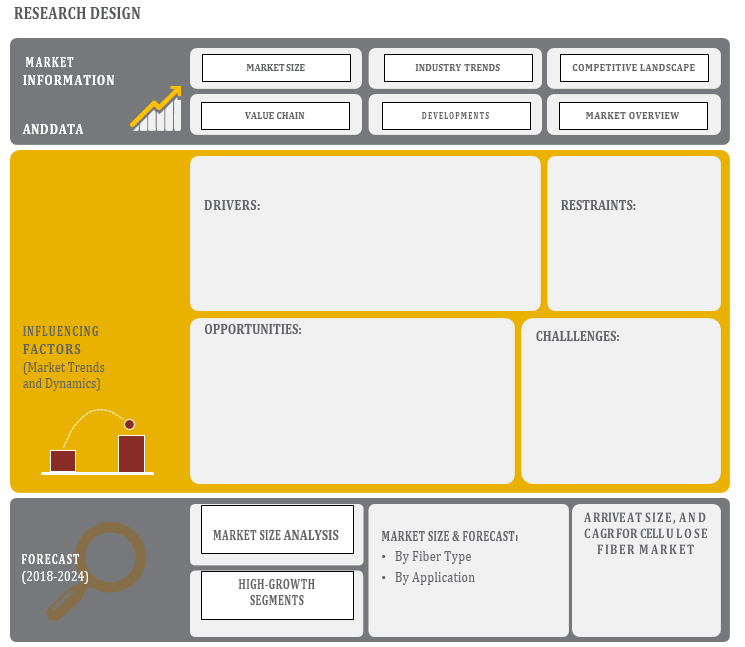OVERVIEW
The size of the Electric Power Steering Market is projected to rise at a CAGR of 6.7% over the forecast period, to reach USD 38 billion by 2024. Increasing government standards on air emission standards and vehicle fuel efficiency are expected to drive the market. Increasing vehicle production, growing demand for advanced safety and convenience, and increasing disposable income worldwide are some of the other factors driving the growth of the EPS market.








TABLE OF CONTENT
1 Global Electric Power Steering Market – Overview
1.1 Study Objectives
1.2 Market Definition
1.3 Study Scope
1.3.1 Markets Covered
1.3.2 Geographic Scope
2 RESEARCH METHODOLOGY
2.1 Research Data
2.1.1 Secondary Data
2.1.1.1 Key Data From Secondary Sources
2.1.2 Primary Data
2.1.2.1 Key Data From Primary Sources
2.1.2.2 Key Industry Insights
2.1.2.3 Breakdown of Primaries
2.2 Market Size Estimation
2.2.1 Bottom-Up Approach
2.2.2 Top-Down Approach
2.3 Market Breakdown and Data Triangulation
2.4 Research Assumptions
3 Global Electric Power Steering Market – Executive Summary
3.1 Market Revenue, Market Size and Key Trends by Company
3.2 Key Trends by type of Application
3.3 Key Trends segmented by Geography
4 Global Electric Power Steering Market – Comparative Analysis
4.1 Product Benchmarking – Top 10 companies
4.2 Top 5 Financials Analysis
4.3 Market Value split by Top 10 companies
4.4 Patent Analysis – Top 10 companies
4.5 Pricing Analysis
5 Global Electric Power Steering Market – Industry Market Entry Scenario
5.1 Regulatory Framework Overview
5.2 New Business and Ease of Doing business index
5.3 Case studies of successful ventures
5.4 Customer Analysis – Top 10 companies
6 Global Electric Power Steering Market – Market Forces
6.1 Introduction
6.2 Market Dynamics
6.2.1 Drivers
6.2.2 Challenges
6.3 Porters Analysis of Market
6.3.1 Bargaining power of suppliers
6.3.2 Bargaining powers of customers
6.3.3 Threat of new entrants
6.3.4 Rivalry among existing players
6.3.5 Threat of substitutes
7 Global Electric Power Steering Market – Strategic Analysis
7.1 Value Chain analysis
7.2 Product Life Cycle
7.3 Supplier and distributor analysis (Market share and product dealing strategies)
8 Global Electric Power Steering Market – By Component (Market Size – &million/billion)
8.1 Steering Column
8.2 Sensor
8.3 Steering Motor
8.4 Other Components
9 Global Electric Power Steering Market – By Electric Motor Type
9.1 Brushed DC Motors
9.2 Brushless DC Motors
10 Global Electric Power Steering Market – By Application
10.1 Passenger Cars
10.2 Commercial Vehicles
11 Global Electric Power Steering Market – By Geography (Market Size – & million/billion)
11.1 Introduction
11.2 North America
11.2.1 US
11.2.2 Canada
11.2.3 Mexico
11.3 Europe
11.3.1 U.K
11.3.2 Germany
11.3.3 Italy
11.3.4 France
11.3.5 Spain
11.3.6 Rest of Europe
11.4 Asia-Pacific
11.4.1 China
11.4.2 Japan
11.4.3 India
11.4.4 South Korea
11.4.5 Rest of APAC
11.5 Rest of the World
11.5.1 South America
11.5.2 Middle East
11.5.3 Africa
12 Global Electric Power Steering Market – Entropy
12.1 New product launches
12.2 M&A’s, collaborations, JVs and partnerships
13 Global Electric Power Steering Market Company Profile (Key Players)
13.1 Market Share, Company Revenue, Products, M&A, Developments
13.2 Jtekt
13.3 Nexteer
13.4 ZF
13.5 Robert Bosch
13.6 NSK
13.7 Hyundai Mobis
13.8 Showa Corporation
13.9 Delphi
13.10 Thyssenkrupp
13.11 Mitsubishi Electric
13.12 Company 11 & more
14 Global Electric Power Steering Market – Appendix
14.1 Sources
14.2 Abbreviations













